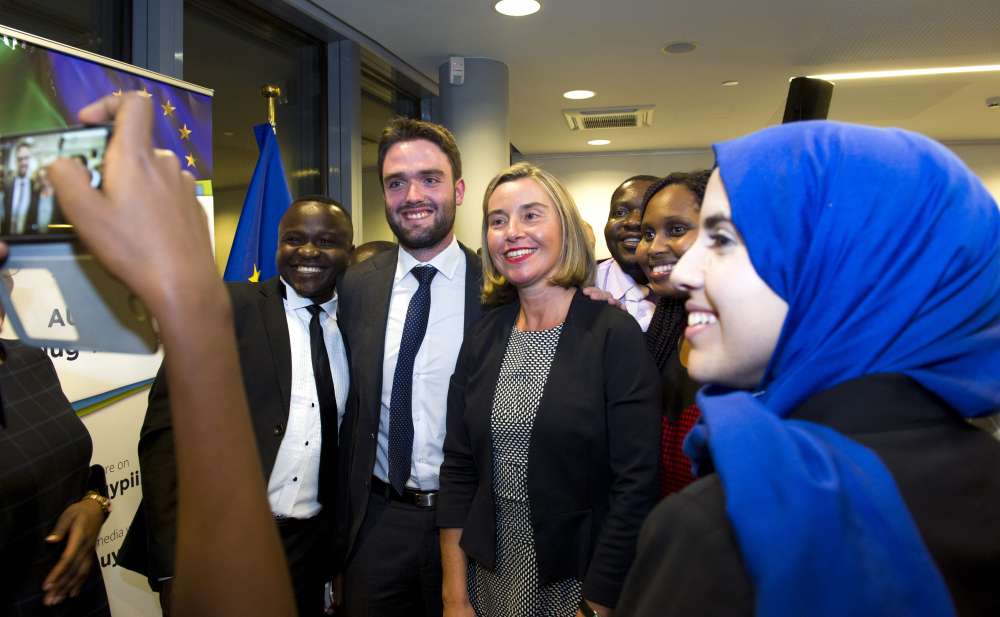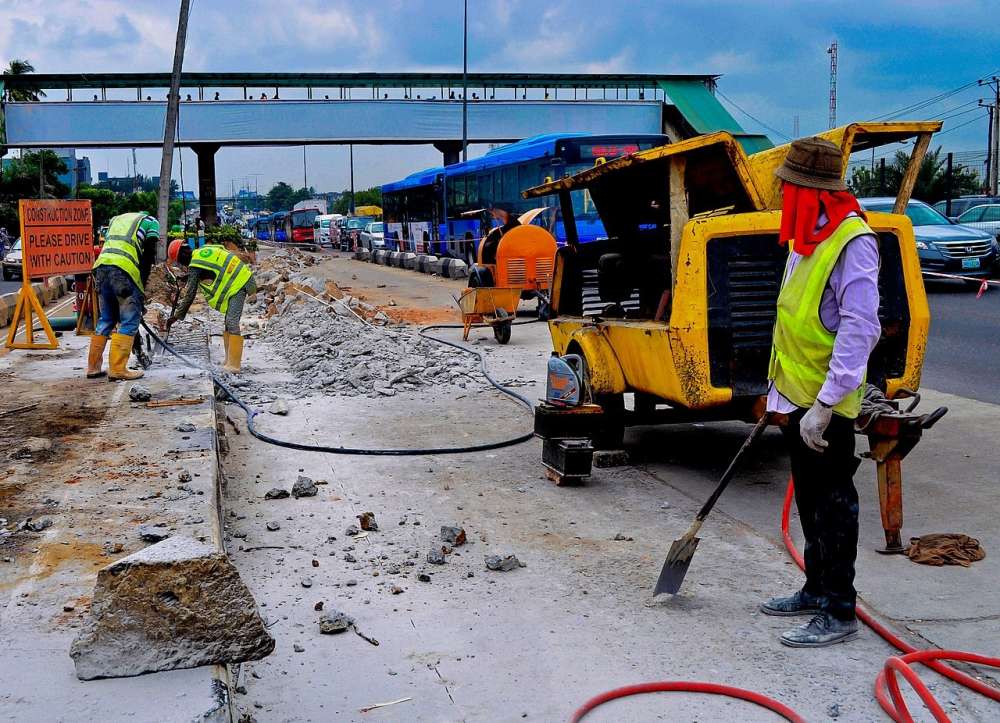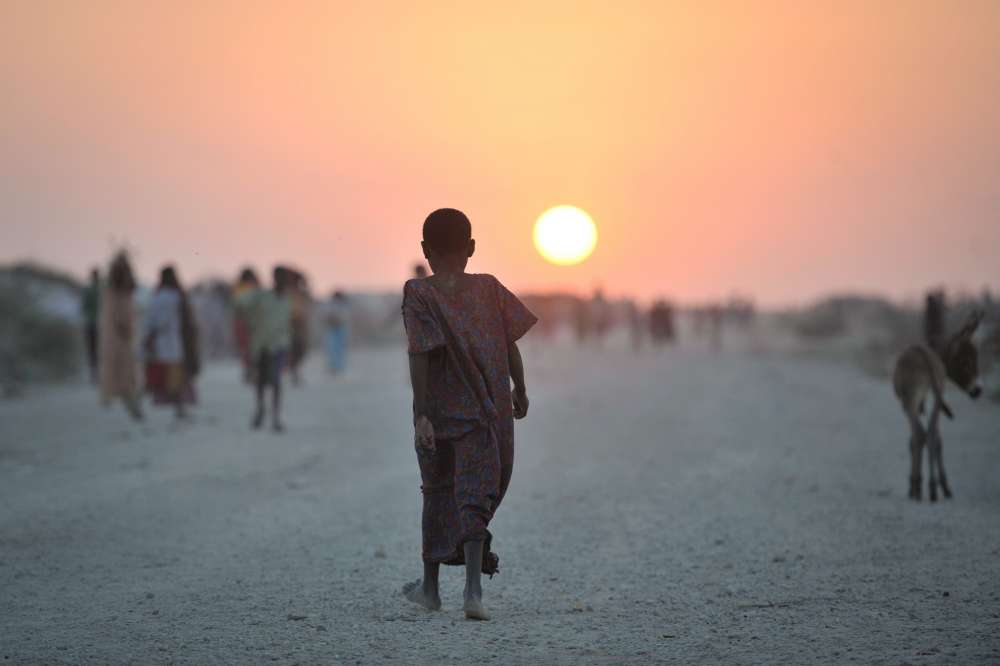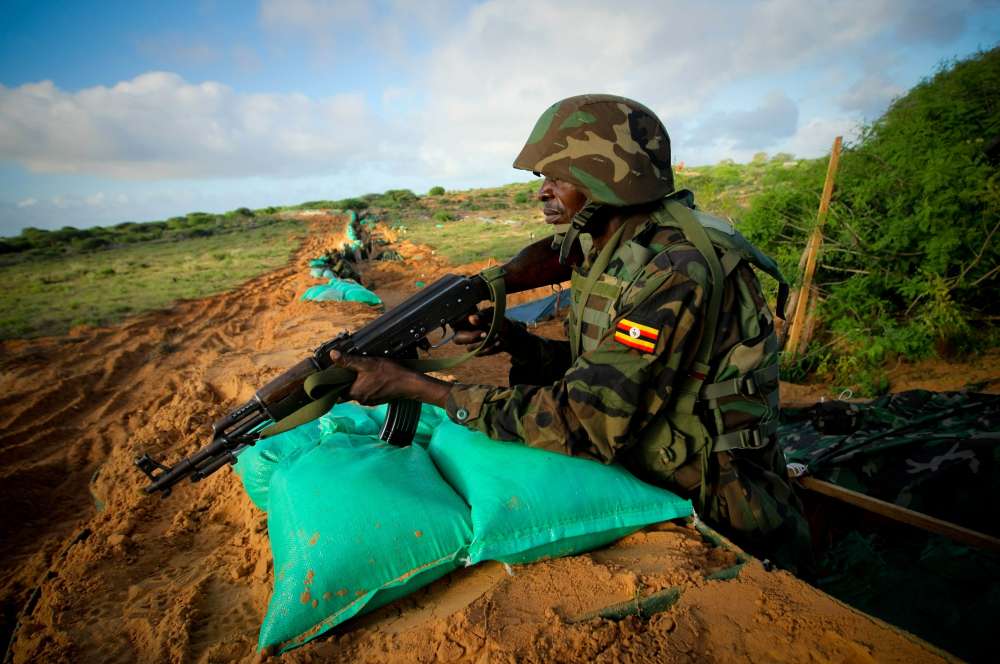Food Security: A Mapping of European Approaches
Executive Summary
In 2011, the international community had to mount a major relief operation to support millions threatened by hunger and starvation in the Horn of Africa. If nothing is done to increase availability of and access to food on a large scale, the recurring hunger crises felt across many parts of Africa will continue to grow.
Food security is in a precarious state in Sub-Saharan Africa, with millions of rural people undernourished and a growing urban population suffering from high food prices. The region has the world’s highest level of food insecurity and ranks lowest in agricultural productivity globally. Poverty and structural problems in the agricultural sector are among the main reasons why food insecurity persists. The majority of small farmers struggle to secure adequate income and grow enough healthy food through their labor. And yet there is huge potential for farming and agriculture in Sub-Saharan Africa.
Donors can make an important contribution to increasing agricultural productivity and improving food security. This report seeks to support donors in their efforts to make their aid more effective and efficient. It does so by shedding light on what the most important European donors in the area of food security – the European Commission, France, Germany and the United Kingdom – do and by highlighting potentials for complementarity and coordination.
Aid Volumes Have Been Increasing, But Remain Too Low
Around the turn of the century and after two decades of neglect, many European donors began to increase their support to agriculture, rural development and short-term food aid. This trend received another impetus with the marked rise in global food prices in 2008. The top four European donors have since invested more in fighting hunger; but the share of their aid to food security in relation to their total official development assistance budgeted for Sub-Saharan Africa remains only at around 13 percent in 2010. Given the potential of farming across Africa and the important effects of food security on fighting poverty and hunger, this figure does not seem to reflect the international commitments voiced in numerous international meetings of making food security a development priority.
The Main European Donors Share Important Views and Policies
A common ground for European donors is nonetheless their shared view that specific support to food security is essential for reducing the number of hungry across Africa and fighting poverty. They acknowledge that long-term investments in the agricultural sector are necessary but have also significantly increased short-term activities to address the immediate effects of food insecurity. Most donors acknowledge the prominent role of smallholder agriculture and rural development in achieving food security. In doing so, European donors generally share a government-centered approach and overwhelmingly support the public sector over the private sector when managing long-term aid to food security. Lastly, European donors are increasingly considering new financing modalities to leverage private investments as a way of better addressing the private sector. The European Commission, France, Germany and the UK, however, also differ in their way of addressing Sub-Saharan food insecurity. They often support different areas within aid to food security with many instances of gaps and overlaps. This requires a strong push towards greater coordination to increase the effectiveness of aid and to find lasting solutions to agricultural development.
But Coordination Remains in its Infancy
Despite increasing quantities of aid in Sub-Saharan Africa, the lack of donor coordination reduces the impact of this aid. The variety of approaches financed – such as long term rural development, food assistance in emergencies, aid through grants, preferential loans or special funds open to the private sector – all offer the opportunity of creating complementarity among donors. Yet, coordination is largely in its infancy.
A difficulty is the lack of coordination and complementarity between short-term food assistance and long-term agricultural development. This is a challenge both for individual donors in organizing their own aid portfolios and for the broader development community, where a lack of funding for recovery and transition activities, as well as a lack of focus of development activities on prevention of and preparedness for emergencies remains a common issue. Regarding in-country coordination of aid addressing rural and agricultural development, donor activities are still for the most part fragmented and spread across countless projects due to the difficulties with locally owned development programs.
Given these features of donor assistance, the quality of aid to food security will essentially be determined by improving policy coherence among donors and increasing efforts of coordination and potentially joint country level implementation to ensure that gaps are closed and duplications avoided. Here, greater donor cooperation among Europeans and international donors, but also with the emerging actors of international development cooperation, recipient governments and local businesses is necessary.
…







